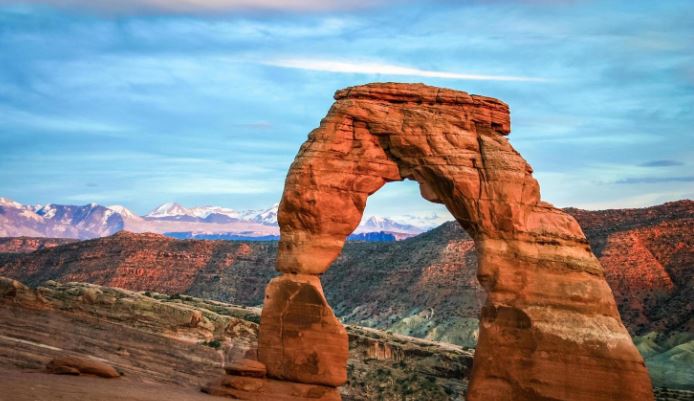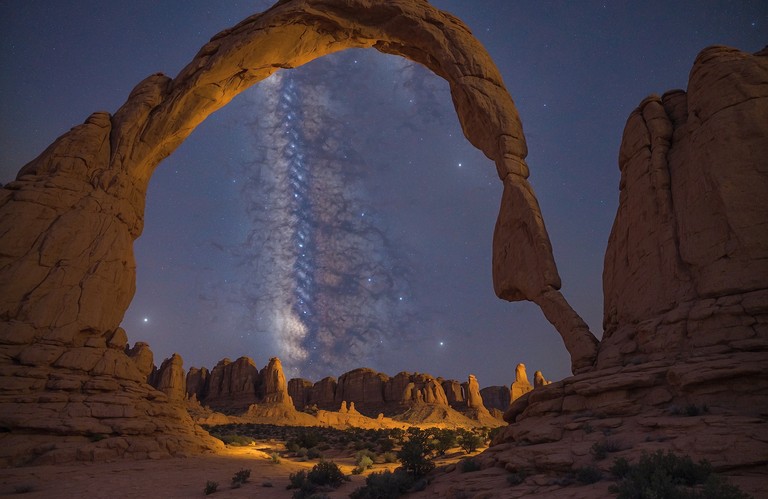Read about National Monuments of United States
The United States is home to a diverse array of national monuments, each holding cultural, historical, geological, or ecological significance. These monuments are protected areas that showcase the nation’s natural beauty and commemorate important events. Here are some notable national monuments in the United States:-

Grand Staircase-Escalante National Monument (Utah)
Known for its rugged canyons, colorful cliffs, and unique geological formations.
Statue of Liberty National Monument (New York)
Iconic symbol of freedom and democracy, located in New York Harbor.
Devils Tower National Monument (Wyoming)
A striking geological formation, a massive rock tower rising from the Black Hills.
Muir Woods National Monument (California)
Home to ancient coastal redwood trees, among the tallest trees on Earth.
Mount St. Helens National Volcanic Monument (Washington)
Commemorates the 1980 eruption of Mount St. Helens, showcasing the area’s recovery.
White Sands National Monument (New Mexico)
Features the world’s largest gypsum dune field, creating a stunning and unique landscape.
Chaco Culture National Historical Park (New Mexico)
Preserves the cultural heritage of ancient Puebloan people, including monumental buildings and celestial alignments.
Fort Sumter National Monument (South Carolina)
Marks the site of the first battle of the Civil War and includes a fort accessible by boat.
Bears Ears National Monument (Utah)
Rich in cultural, archaeological, and natural resources, this monument is home to numerous Native American archaeological sites.
Joshua Tree National Park (California)
Though designated as a national park, Joshua Tree’s unique landscape and rock formations are worth mentioning. It showcases the distinctive Joshua Tree and is renowned for stargazing.
Harriet Tubman Underground Railroad National Historical Park (Maryland)
Commemorates the life and legacy of Harriet Tubman and the Underground Railroad.
African Burial Ground National Monument (New York)
Preserves the historic site containing the remains of more than 400 Africans buried during the late 17th and 18th centuries.
Grand Canyon-Parashant National Monument (Arizona)
Protects a portion of the Grand Canyon’s northern rim, offering remote and undeveloped landscapes.
Organ Pipe Cactus National Monument (Arizona)
Showcases the unique organ pipe cactus and other plant and animal life in the Sonoran Desert.
Cabrillo National Monument (California)
Honors the first European explorer to set foot on the West Coast, Juan Rodriguez Cabrillo.
These national monuments contribute to the conservation of America’s natural and cultural heritage, providing opportunities for recreation, education, and appreciation of the country’s diverse landscapes.









